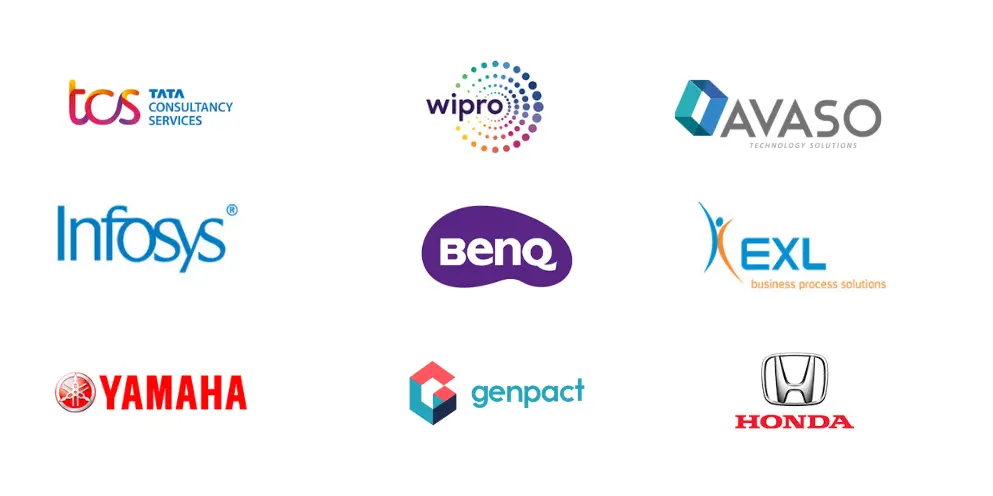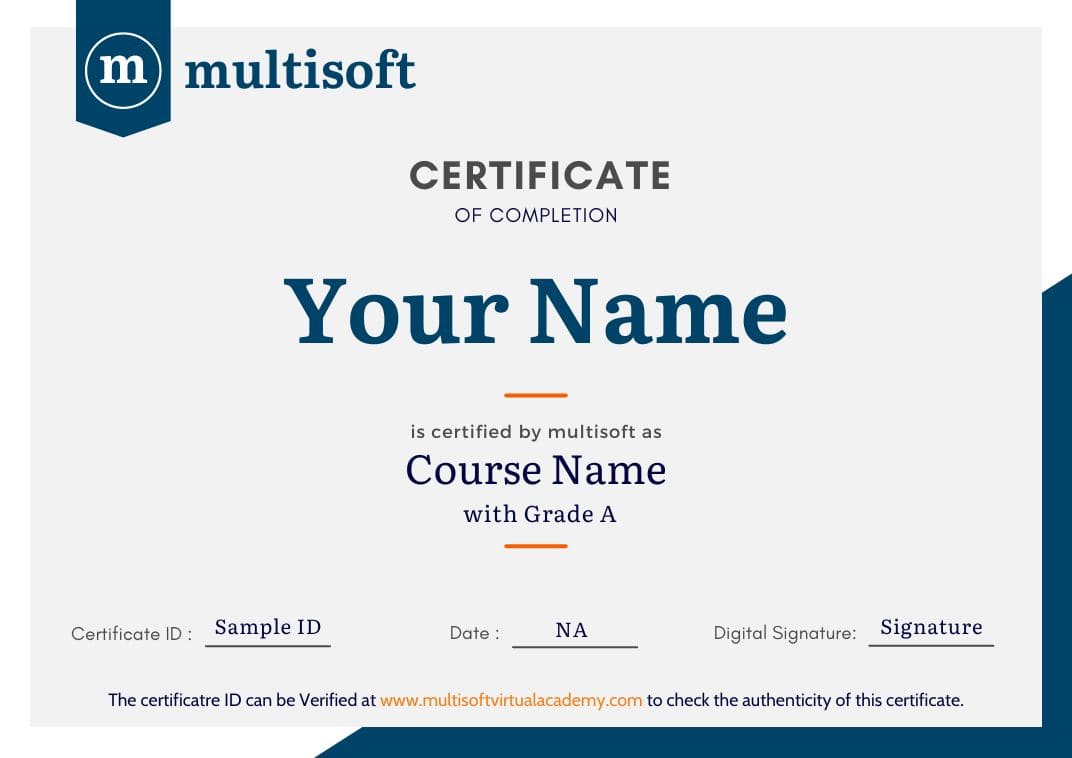Trusted by enterprises across the globe


Designed for all your training needs

Flexible On-Demand Group Learning
Flexible, corporate learning for groups, accessible anytime, anywhere.

Instructor-Led Live, Online Training
Real-time, interactive classes taught by SME via web conferencing.

Independent Self-Paced Learning
Individual learning at your own speed, with access to digital materials.

Customized On-Site Training
Customized, face-to-face training sessions delivered at your location.
Curriculum Designed by Experts
Certified Identity & Access Manager (CIAM) Corporate Training by Multisoft Virtual Academy is designed to equip your team with in-depth knowledge and hands-on expertise in managing and securing digital identities and access. This corporate training is ideal for IT teams, cybersecurity professionals, and compliance officers aiming to strengthen identity governance and risk management within their organizations.
The course covers key concepts such as identity lifecycle management, access control policies, role-based access control (RBAC), multifactor authentication (MFA), and regulatory compliance. Delivered by industry experts through interactive live sessions, the training ensures your team stays updated with the latest tools, technologies, and global best practices in IAM.
Whether you are a large enterprise or a growing business, this program helps improve your cybersecurity posture and operational efficiency while reducing risks and ensuring secure access to critical systems.
Covering modules such as access control models, authentication, authorization, and compliance measures, and the course provides hands-on experience in IAM best practices. Participants will master the art of safeguarding digital assets, managing user access, and ensuring compliance with regulatory standards.
- · Understanding the role of identity and access management (IAM) in overall cybersecurity strategy.
- · Aligning IAM goals with organizational objectives.
- · Creating IAM policies and guidelines for efficient governance.
- · Developing an effective IAM roadmap and implementation plan.
- · Managing IAM projects, resources, and timelines.
- · Establishing key performance indicators (KPIs) for monitoring and evaluating IAM program success.
- · Exploring different access control models, such as RBAC, ABAC, and MAC.
- · Understanding the strengths and limitations of each model.
- · Implementing appropriate access control models based on business requirements.
- · Designing efficient processes for adding and removing user access.
- · Streamlining user on-boarding with automated provisioning workflows.
- · Ensuring secure off-boarding procedures to prevent unauthorized access.
- · Distinguishing between authentication and authorization concepts.
- · Implementing multi-factor authentication (MFA) mechanisms for enhanced security.
- · Defining role-based and attribute-based authorization policies.
- · Managing user entitlements to various systems and applications.
- · Enforcing the principle of least privilege (PoLP) to minimize risk.
- · Monitoring and controlling user access rights over time.
- · Designing an efficient user access request and approval workflow.
- · Automating request submission, escalation, and approval.
- · Ensuring proper segregation of duties (SoD) during approval processes.
- · Implementing automated access provisioning and de-provisioning.
- · Streamlining access request fulfillment and revocation.
- · Orchestrating user lifecycle events across the organization.
- · Enforcing access control policies consistently across the organization.
- · Applying rule enforcement mechanisms to ensure compliance.
- · Leveraging IAM tools for policy enforcement.
- · Implementing robust IAM audit trails and logs.
- · Generating meaningful reports for compliance and governance purposes.
- · Conducting regular audits to identify security gaps and risks.
- · Performing periodic access reviews to ensure ongoing compliance.
- · Certifying user access rights to maintain a clean and secure environment.
- · Handling exceptions and remediation during access review cycles.
- · Reconciling user accounts and access rights across systems.
- · Detecting and resolving inconsistencies and discrepancies.
- · Automating account reconciliation processes.
- · Developing processes to handle IAM-related errors and exceptions.
- · Creating incident response plans for IAM-related security incidents.
- · Implementing contingency measures to prevent service disruptions.
Free Career Counselling
We are happy to help you 24/7Multisoft Corporate Training Features
Outcome centric learning solutions to meet changing skill-demand of your organizationWide variety of trainings to suit business skill demands
360° learning solution with lifetime access to e-learning materials
Choose topics, schedule and even a subject matter expert
Skilled professionals with relevant industry experience
Customized trainings to understand specific project requirements
Check performance progress and identify areas for development
Free Certified Identity & Access Manager (CIAM) Corporate Training Assessment
Right from the beginning of learning journey to the end and beyond, we offer continuous assessment feature to evaluate progress and performance of the workforce.
Try it Now

Certified Identity & Access Manager (CIAM) Corporate Training Certification
Related Courses
A Role Based Approach To Digital Skilling
A roadmap for readying key roles in your organization for business in the digital age.
 Download Whitepaper
Download Whitepaper












 Join our Live Instructor-Led online classes delivered by industry experts
Join our Live Instructor-Led online classes delivered by industry experts